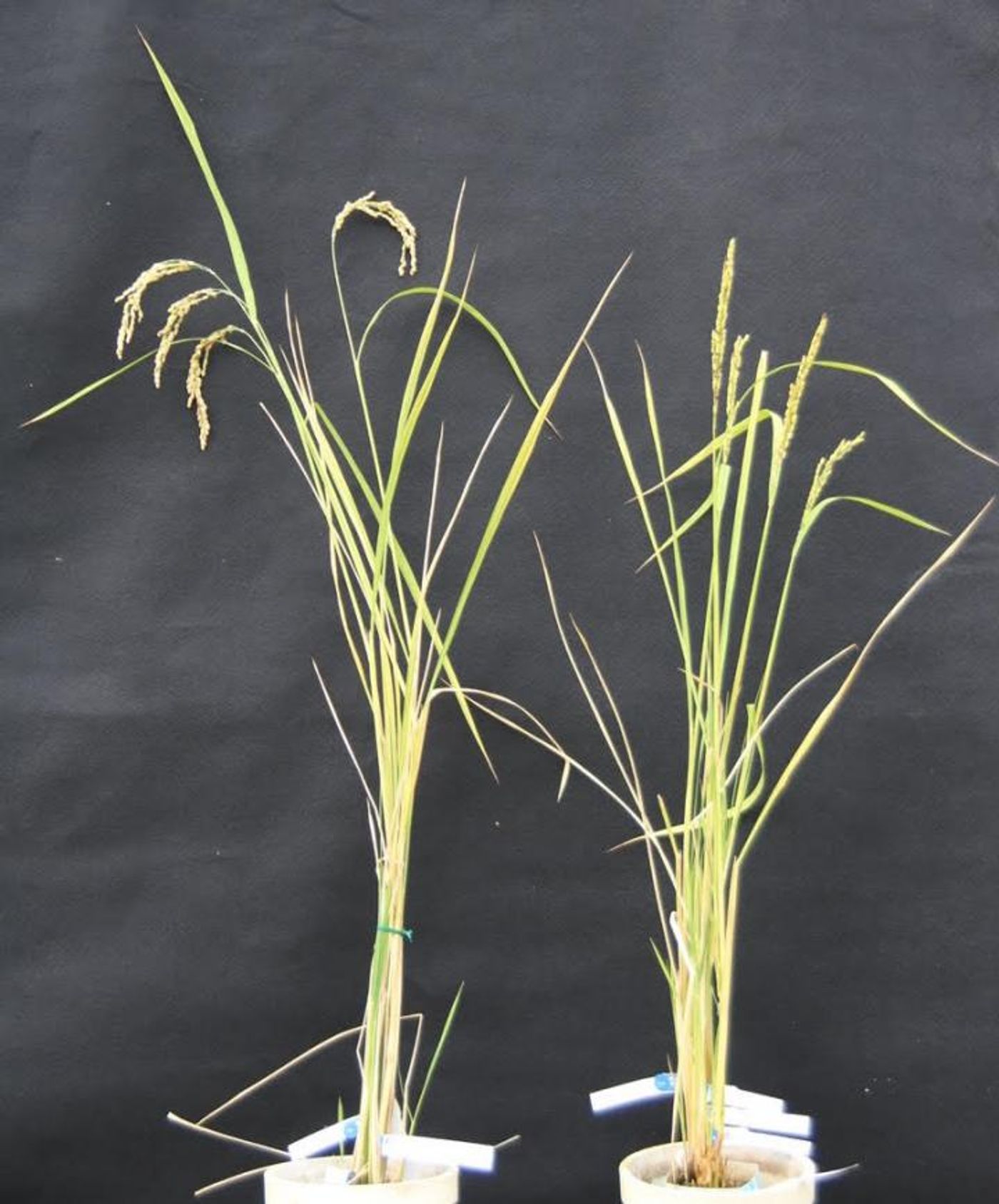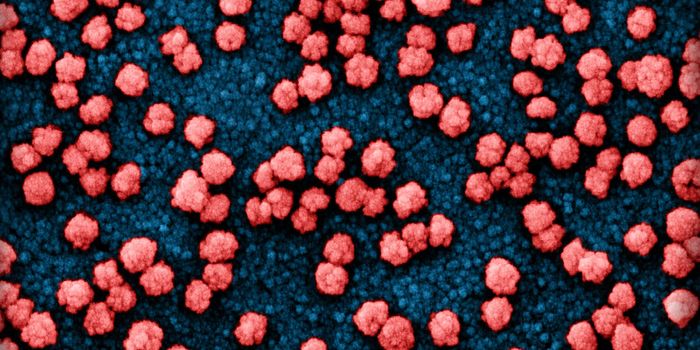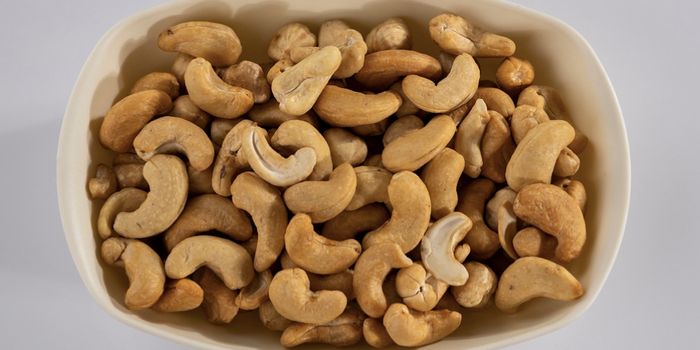Plant Mitochondrial DNA is Successfully Edited
Agriculture has valued the production of a handful of staple foods, and genetic diversity among our crops has declined, weakening food security. Scientists in Japan have made a breakthrough that could help address one aspect of this problem. In a first, they have edited the mitochondrial genome in plants and generated new types of rice and canola. This work, which has been reported in Nature Plants, can help shore up weak points in our food supply.
"We knew we were successful when we saw that the rice plant was more polite - it had a deep bow," joked Associate Professor and plant genetics expert Shin-ichi Arimura, because the heavy seeds of the rice plant caused it to bend.
In 1970, a fungal infection tore through Texas corn farms. The corn all carried the same mitochondrial gene, which made them especially susceptible to the fungus. None of the plants withstood it, and fifteen percent of America's corn crop was lost in one year. Corn carrying that mitochondrial gene was never planted again.
"We still have a big risk now because there are so few plant mitochondrial genomes used in the world. I would like to use our ability to manipulate plant mitochondrial DNA to add diversity," explained Arimura.
He noted that while plants are known for their ability to turn sunlight into energy through photosynthesis, most of their energy comes from the mitochondria, which are known as powerhouses of the cell. They rely on mitochondria for survival. "No plant mitochondria, no life," said Arimura.
The nucleus of the cell contains the genome of an organism, but mitochondria are special - they have their own genome that is separate from nuclear DNA. While mitochondria in animals have a relatively small genome with many similarities across species, plant mitochondria are very different.
Plant mitochondria (artificially made to glow green) move rapidly around the cell (Arabidopsis leaf epidermal cell), shown at their actual speed. Plant mitochondria move about 10 times faster than mammalian or yeast mitochondria. Credit: Shin-ichi Arimura, CC-BY
"The plant mitochondrial genome is huge in comparison, the structure is much more complicated, the genes are sometimes duplicated, the gene expression mechanisms are not well-understood, and some mitochondria have no genomes at all. In our previous studies, we observed that they fuse with other mitochondria to exchange protein products and then separate again," said Arimura.
Arimura turned to colleagues that are familiar with a rare feature of plants in order to alter the mitochondrial genome - cytoplasmic male sterility (CMS).
Farmers will often use seeds from first generation hybrids - plants that are the offspring of two parents with different genetic characteristics. They tend to produce more and hold up better. Companies supply these seeds through a breeding program that uses a sterile male parent, which can't generate pollen. A variety of food crops are grown using male parent plants with this CMS infertility; beets, carrots, corn, green beans, onions, rice, and sunflowers are some examples. Previous work has suggested that CMS comes from one mitochondrial gene found in different plants, making it a good genomic target.
Using an established tool for editing the mitochondrial genome - mitoTALENs, the team made their change.
"While deleting most genes creates problems, deleting a CMS gene solves a problem for plants. Without the CMS gene, plants are fertile again," said Arimura.
The four new rice and three new canola lines are proof-of-principle that mitoTALENs can alter the complex plant mitochondrial genome, and can help introduce diversity to the food supply.
"This is an important first step for plant mitochondrial research," said Arimura.
TALENs are described in the video.
Sources: AAAS/Eurekalert! via University of Tokyo, Nature Plants










